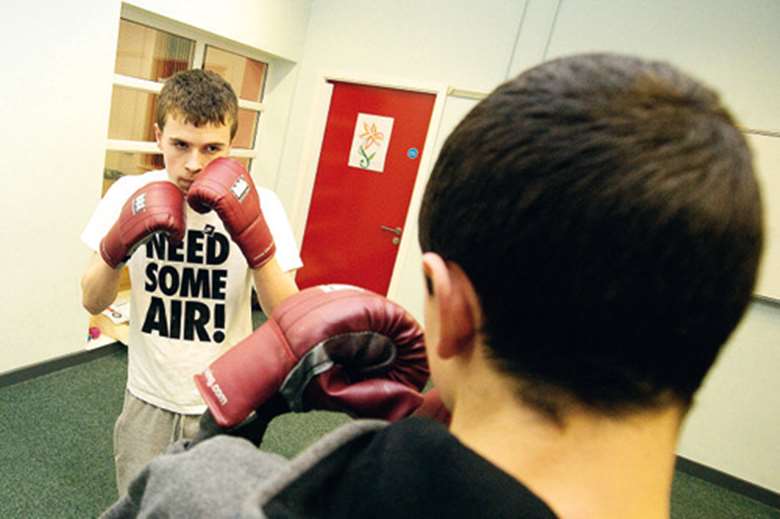Good Practice: How managers' spot checks help to boost St Helens youth services
Friday, July 8, 2011
The introduction of a quality assurance scheme has seen a marked increase in the number of young people attending services and getting involved in volunteering

Project St Helens Youth Service
Funding About £2m a year
Purpose To make the best use of youth service resources and improve the effectiveness of services
Background In 2009, St Helens Youth Service underwent a major restructure designed to improve services on offer to all young people in the large Merseyside town. As part of the changes, managers were keen to develop robust ways of measuring performance to ensure services were meeting young people's needs and making a real difference. "It was about getting the best value for money and maximising impact," says head of the youth service Nicole Joseph.
Action
The service has introduced a quality assurance scheme in which senior youth service managers visited provision such as youth clubs for unannounced inspections. "Every night we deliver, we have a senior manager out on a visit," explains Joseph. "We run services from Tuesday to Sunday and have a rota of inspectors." Each service gets at least two visits every 12 months and some – where there are concerns or issues that need to be addressed – get more.
The managers inspect services against Ofsted criteria and rank each aspect on a scale of one to five.
Services are also given a red, amber or green rating for cost-effectiveness, calculated by looking at the numbers of young people attending compared to the number of staff. After each visit, services are given an action plan setting out what they need to do to improve.
The approach has already made a difference, says Joseph. "It has helped bring senior managers closer to operational delivery and staff say they feel more supported," she says. "If they have concerns they know they'll be able to raise them at their next visit. There has been a huge change in culture in the youth service in St Helens and staff have risen to that challenge. Youth workers, in particular team leaders and managers, have really changed their practice."
Another development since April has been to change the way overall performance is measured by honing in on three key areas - number of contacts, to show the percentage of young people that services were reaching; attendance at provision each month, to show whether young people kept coming back; and numbers of young people involved in volunteering. Young people are actively encouraged to do volunteer work, which is promoted as a chance to gain new skills, put something back into the community and move from "dependence to independence".
Simplifying the measures in this way has helped to create a clear picture of what the service is trying to achieve and its level of success, says Joseph. "We have to be able to show what services do in a language that people outside the world of youth work understand," she says. "And it is changing practice. We have always encouraged volunteering but there's now a greater emphasis and it has become one of our primary targets."
The changes are backed by a new curriculum document, which sets out for staff what youth services are expected to achieve in helping young people progress in their lives. This has been supported by an ongoing programme of staff training. In addition, a new website for young people is being used to gather feedback on provision and shape services.
Outcome
The number of young people attending services and getting involved in volunteering has increased, showing monthly improvements. In April, when the new performance indicators were brought in, 1,417 young people attended youth provision. This had increased 57.9 per cent to 2,238 by May. The number of volunteers in April was 84, increasing 48.8 per cent to 125 in May.
Thirty-three per cent of services used the curriculum document to underpin their work in 2010, compared with 100 per cent in 2011. Twenty-two services were rated red, or poor, for cost-effectiveness in January this year but by June that was down to just two – a 90.9 per cent improvement in six months.




